Table of Contents
The Best DSLR Camera Sony A7R V in 2022
So where exactly does Sony take its full-frame ‘Resolution’ series next? The rumors are pointing towards a Sony A7R V release later this year, but its upgrades are less easy to predict. Whereas video-led cameras have a clear upgrade path towards 8K resolution capture, better color depth and higher maximum frame rates, the best direction for the Sony A7R V isn’t quite as clear.
Should it have a higher-resolution sensor? Perhaps not. It seems highly unlikely to have a larger sensor either, as Sony would have to make a completely new line for a medium format stills model. In this article we’ll look at some of the early Sony A7R V rumors that have appeared over the last year or so, before running through the features we think this new camera really needs, given that the Sony A1 and Sony A7 IV now lead its Alpha line.
Sony A7R V release date and price
The ongoing chip shortage has made it trickier for every tech company, including the camera giants, to release their new products on time. This means that Sony Alpha Rumors has predicted that the Sony A7R V won’t be available until the second half of 2022 at the earliest.
Whether or not Sony manages to keep to that plan isn’t yet clear. The manufacturer had to temporarily pause orders for its mid-range Sony ZV-E10 last year owing to the chip shortage, only months after it had launched.
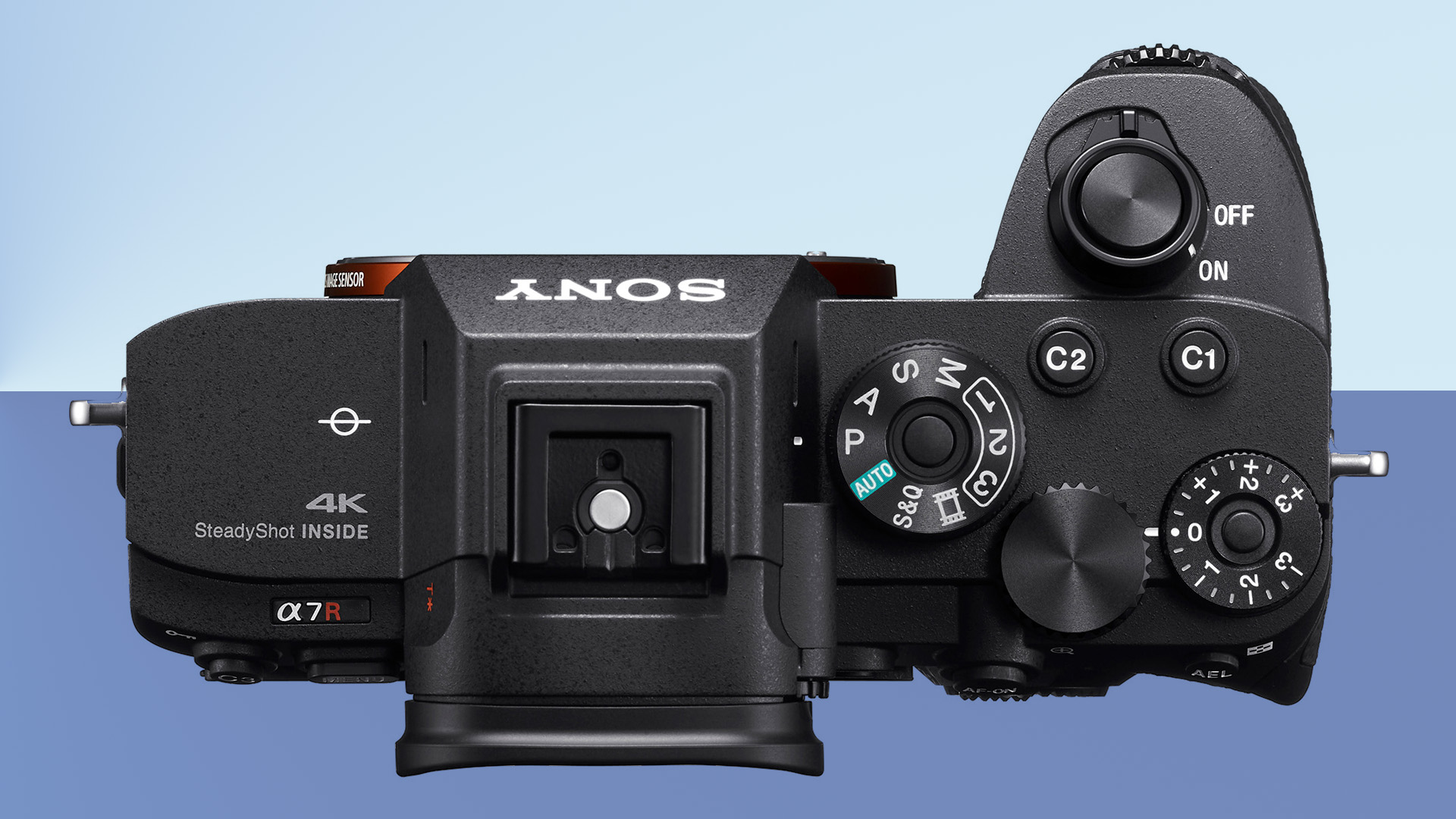
With the chip issues expected to last throughout 2022, it’s possible this could affect the Sony A7R V’s launch, or at least the level of stock available when it arrives. A launch in the second half of this year would leave a three-year gap between the Sony A7R V and A7R IV, unlike the two-year space between previous generations.
As it’s early days, there have been no major leaks about the A7R V’s possible pricing. However, the latest indications are the Sony A7R V body will cost in the region of $3,500 / £3,800 / AU$6,800, similar to the cost of the current model.
News, rumors and leaks
Early in 2021, there were rumors that the Sony A7R V could have a 102MP sensor called the Sony IMX555CQR. This sensor offers a resolution of 12288 x 8192 pixels and is capable of 12-bit 6K resolution video. It’s made for consumer cameras, too, making it a prime candidate for Sony’s next resolution monster.
However, more recent reports have backtracked, and point to a more familiar 61MP sensor like the current-generation version. As tech reviewers, we’d love to see what Sony could do with its own ultra-high resolution sensor, but sticking with a tried-and-tested resolution makes sense. It’s hard to imagine such a hit to sensor pixel size wouldn’t have an effect on dynamic range, and that IMX555CQR sensor is not brand new either – it was announced in 2019.
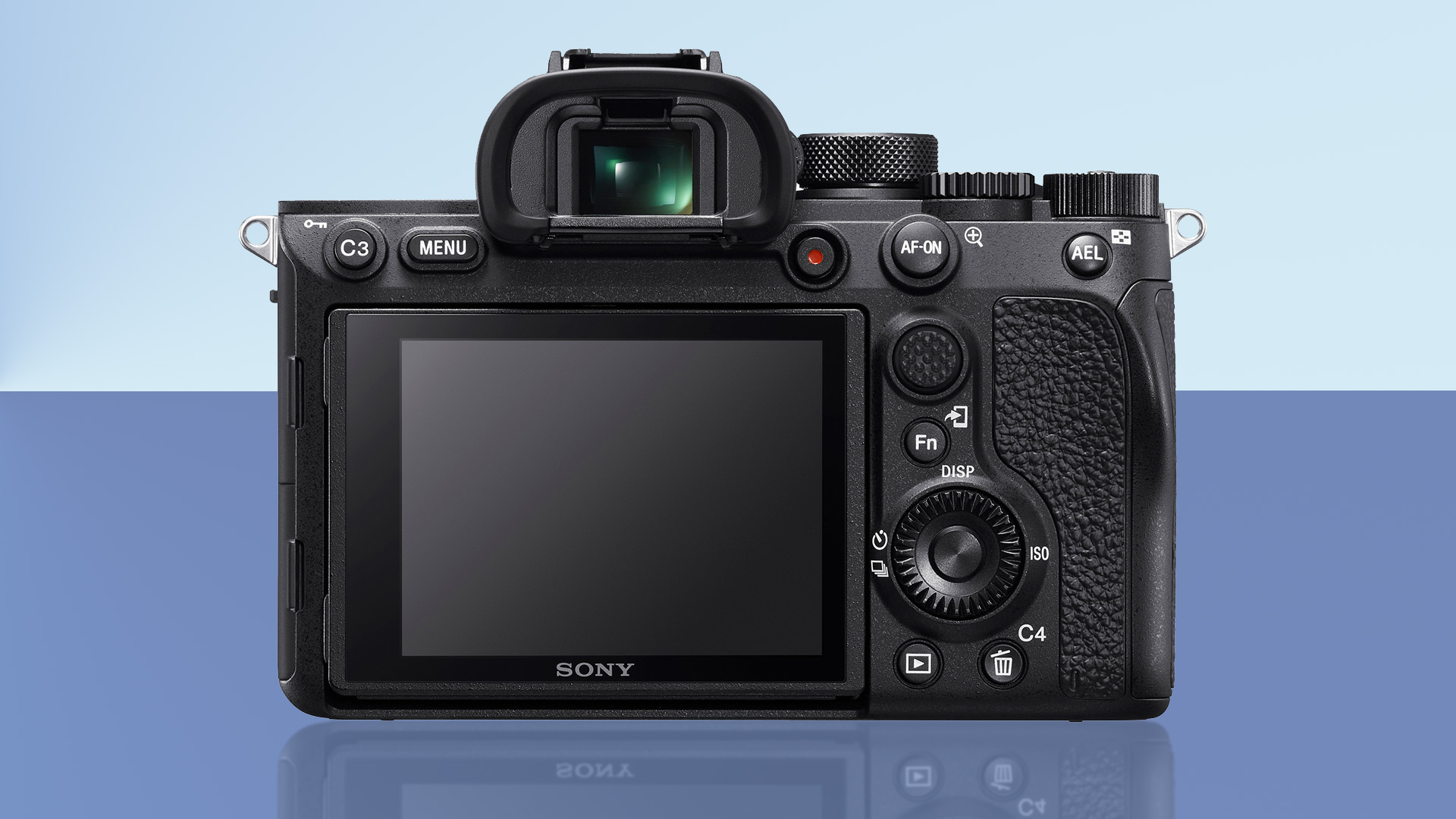
Some of the most appealing rumored Sony A7R V upgrades relate instead to the shooting experience. Its EVF (electronic viewfinder) is resolution is expected to go from 5.44-million dots to 9.44-million dots, matching the Sony A1. Its rear screen resolution should also jump from 1.44-million dots to 2.36-million.
Translate these ‘dots’ into pixels, and the EVF may have a resolution of 2048 x 1536 pixels, enough to appear beautifully sharp. The rear screen works out to 1024 x 768 pixels, again very high for a 3-inch or so panel. This EVF resolution in particular would be notably better than the 5.44-million-dot one of the rival Canon EOS R5.
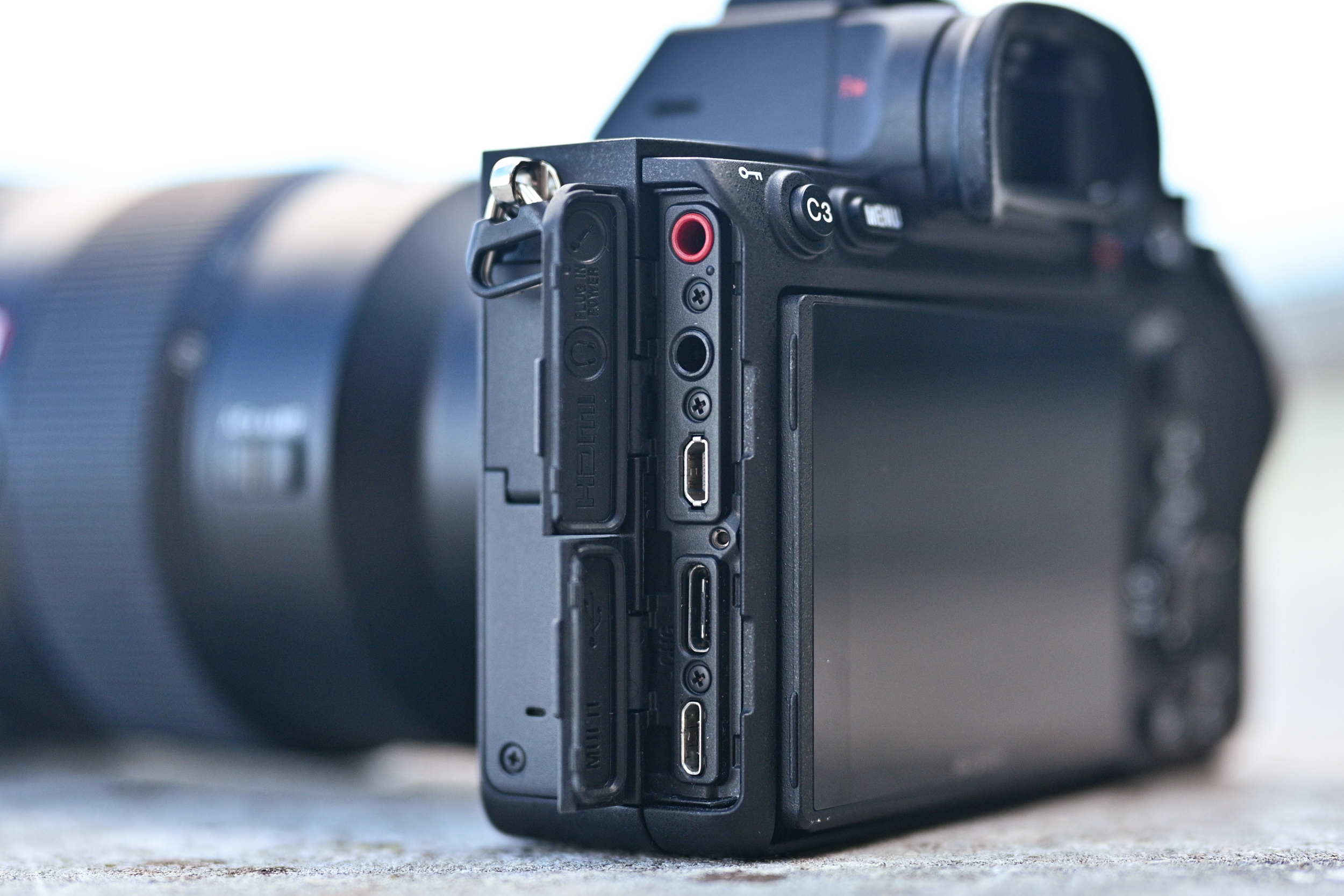
These superior inner and outer displays will make the Sony A7R V feel like a more ‘2022’ camera. It is also expected to gain support for CFexpress cards, which should surprise no-one. This is a next-generation alternative to SD, but by using dual combi slots, the A7R V should be able to use SD cards or CFexpress Type A cards in either slot. You get extra flexibility, and those who have spent a fortune on large, still-fast UHS-II cards aren’t left out in the cold.
Rumors also point to a predictable boost to video support. The Sony A7R V is likely to be able to record 8K video at 24p – a lack of this resolution when using such a high-resolution sensor might seem strange in 2022. Speculation from the likes of New Camera also suggests it’ll be able to shoot 4K/120p video with 10-Bit color depth.
However, this is still not a particularly video-oriented camera, and the Sony A7R V will reportedly be able to shoot at 4K/30p using the full frame, or at 60 frames per second using a 1.24x crop. This simplifies the downsampling process, reducing strain on the processor.
Sony A7R V: what we want to see
1. Bionz XR processor (or better)
The Sony A7R V is obviously going to use a better processor than 2019’s A7R IV. That camera uses the Bionz X, and the clear candidate for the new camera is the Bionz XR, seen in the Sony A1 and Sony A7 IV.
This processor is quoted as being eight times more powerful than its predecessor. Considering the A7R V is likely to arrive two years after the first Bionz XR camera, you might hope for something even newer.
However, Sony processors typically last through a generation of cameras, and the A7R V is very much part of the Bionz XR generation.
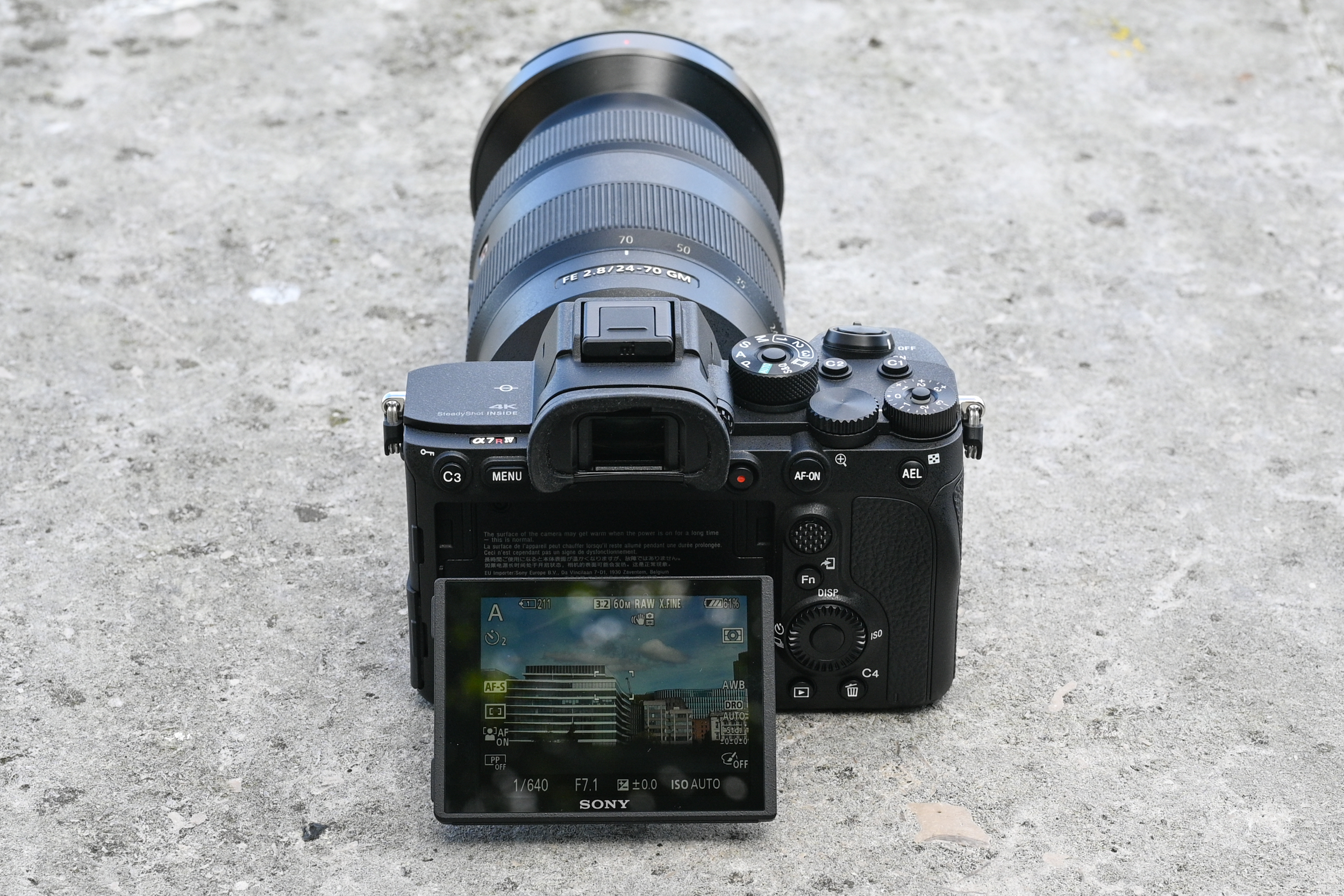
2. Faster read-out for silent shutter
The Sony A7R IV has a relatively slow sensor read-out, which leads to image banding in shots with LED-based artificial lighting when using the camera’s electronic shutter. While you can work around this by using the mechanical shutter and/or playing with the shutter speed, a faster read-out would make this much less of an issue.
High sensor resolution is what makes this such a prominent characteristic of the A7R IV. The A7R V will need a modified sensor design to improve sensor read-out, and we haven’t seen too many leaked details of suitable 61MP sensors in the last couple of years.
However, the camera is to get a much faster processor and much faster storage, so a ‘faster’ sensor would make a lot of sense, too.

3. Better autofocus
The Sony A7R V is highly likely to have a much-improved AF system, and it is one of the key areas in which the A7R IV lags behind in 2022. It doesn’t actually need any new hardware to achieve this.
We think the Sony A7R V will adopt the same 759 phase-detection autofocus system as the Sony A7 IV and Sony A1. An increased number of PDAF points and improved sensor coverage is nice, but the real upgrade here will be about better tracking of subjects, particularly as they move closer to and further away from the camera, and smarter subject tracking.
4. Larger buffer
The Sony A7R V is likely to have a much better effective buffer size than the A7R IV, which can shoot 68 raw frames before needing to flush its buffer.
It will have several of the key ingredients required, too: a more powerful processor and support for faster CFexpress memory cards, which can typically write at up to 700MB/s rather than the ~300MB/s of the best UHS-II SD cards.
Sony has form here, too. The Sony A7 IV has an effectively unlimited buffer, the only specifically listed constraint being 828 frames when shooting uncompressed raw files plus JPEGs. That means holding down the shutter button for almost a minute and a half while shooting at top speed.
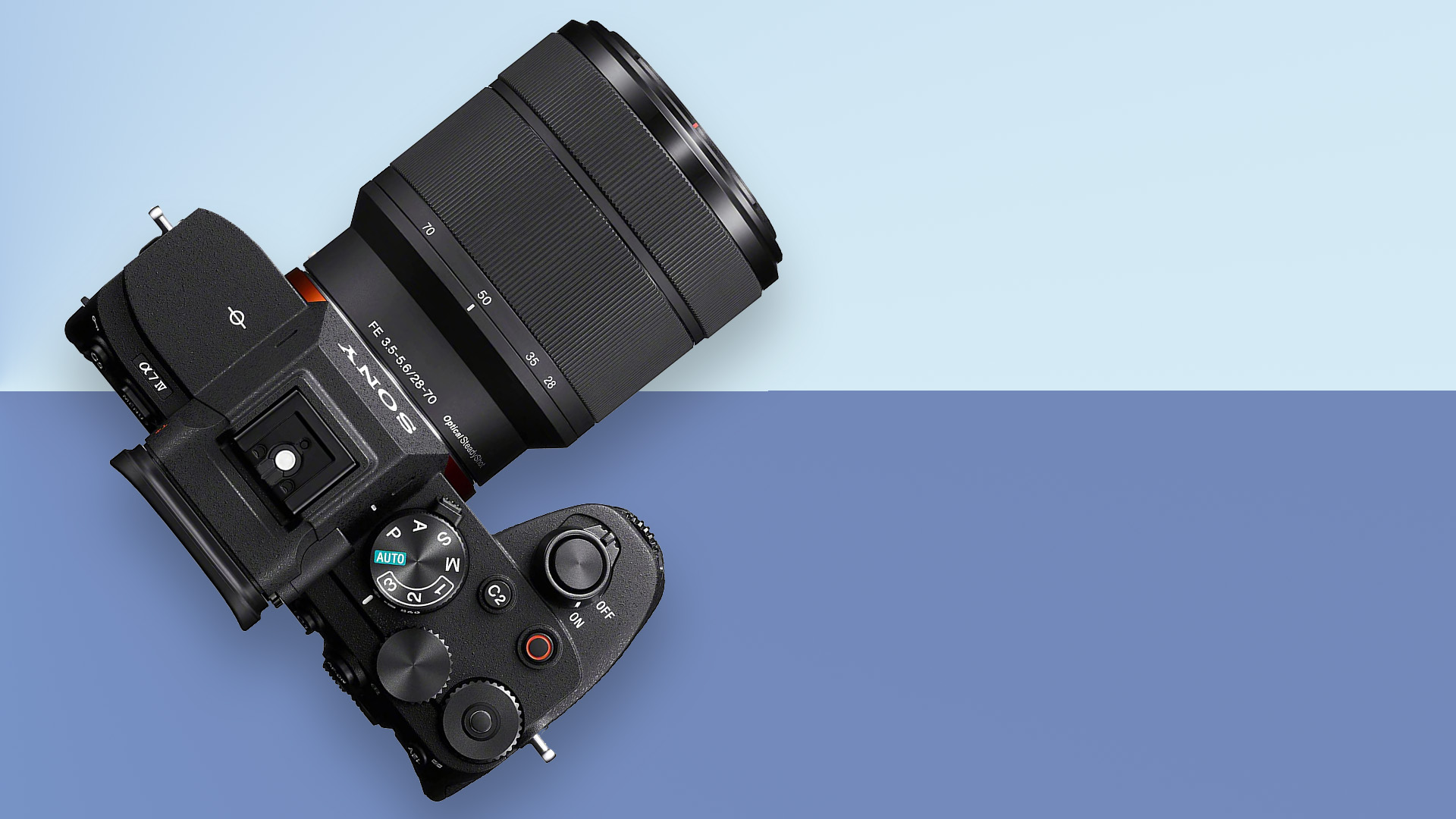
The Sony A7R V will put more strain on the buffer, as it will use a significantly higher-resolution sensor. However, we expect to see burst durations several times better than its predecessor thanks to the improved pipeline afforded by the Bionz XR processor and the speed of CFexpress cards.
The A7R IV burst only lasts three seconds at max speed when recording uncompressed raw files. A quick calculation based on the A7 IV burst suggests 300-400 raw files may be feasible if 10fps speed remains, a ten-fold improvement.
This comparison also highlights another feature we want in the Sony A7R V, lossless compressed raw. The A7R IV only has lossy raw compression, or uncompressed RAW, resulting in huge file sizes.
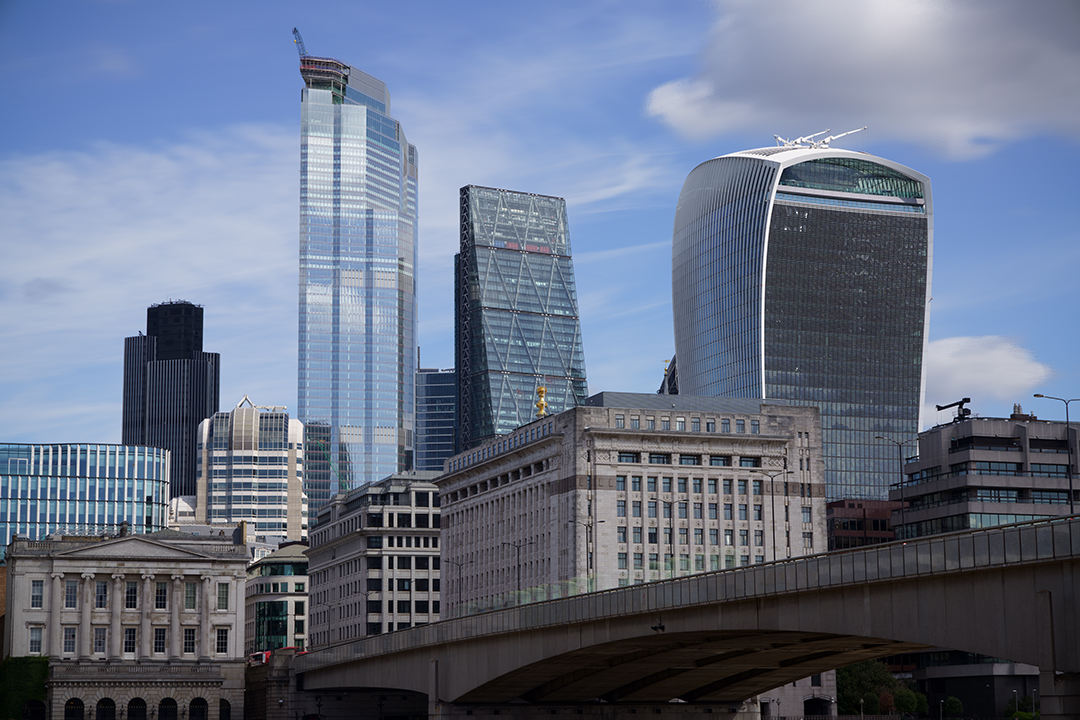
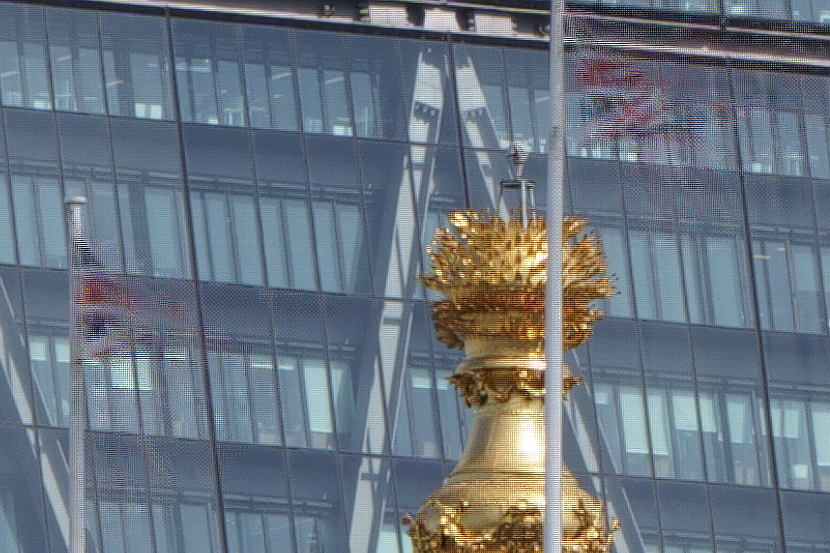
5. An easier-to-use Pixel Shift mode
The Sony A7R IV has a neat Pixel Shift mode that uses the IBIS (in-body image stabilization) to shift the sensor fractionally between 16 different exposures. These are combined to create images up to 241MP in size. Great concept, but it’s extremely hard to get a usable image out of the thing.
Its composite process is not automatic, you have to use a desktop application to create the final picture. There are also frequently artefacting errors, even if you use a tripod. This mode could, and should, work a lot better.
It will still only be of use to studio and still life-style photography, not where there’s any motion in the subject, but the far more forgiving computational photography modes of phones really show the Sony A7R IV’s Pixel Shift up.
Obvious improvements include using the Sony A7R V’s faster processor to do all the image stitching in-camera, and to speed up the whole process to reduce the chance of motion ruining the picture. Sony could also learn from the phone approach here, using on-the-fly error checking to reject exposures that do not match the expected results closely enough.
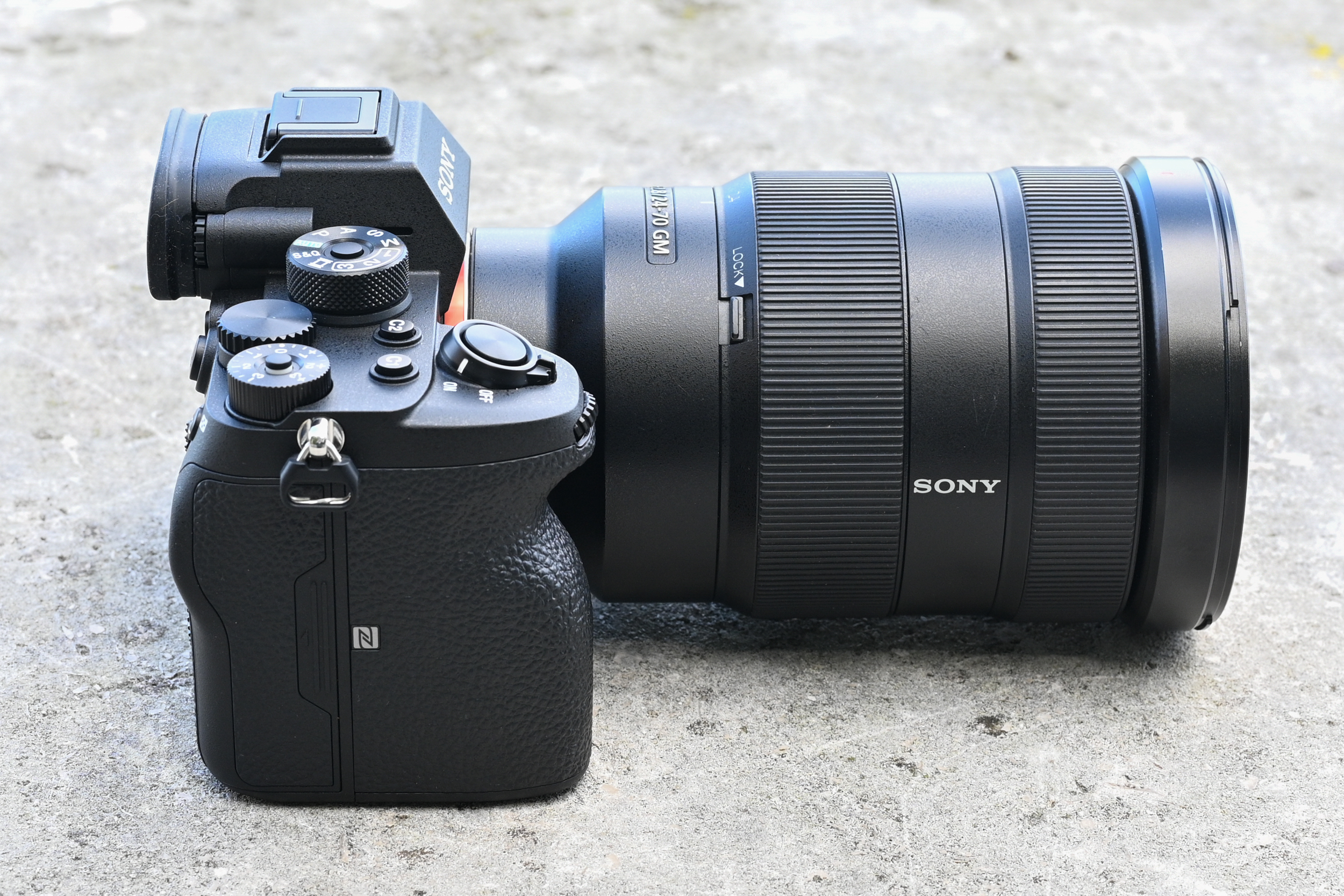
6. Built-in RF flash control
Here’s a final selection inspired by a suggestion from The Phoblographer, one we hadn’t thought of as it would appeal almost singularly to studio-based photographers: built-in RF flash control.
To control multiple flash units with a camera like the Sony A7R IV, you need to get hold of something like the Sony Wireless Radio Commander. This slots into the camera’s hotshoe, and syncs up to 15 flash units using RF.
It costs around $350, and is another piece of kit for the jobbing photographer to consider. Sony could in theory build the necessary antennas into the camera body itself. But will it? Such a feature is either going to go unused or be completely necessary – it’s not a ‘nice to have’ extra.
We don’t think this upgrade is particularly likely, for reasons that you can either view as cynical or pragmatic. It torpedos a Sony product many Sony A7R V owners may go on to buy or, from a more charitable perspective, means camera buyers end up paying for tech they’ll never actually use.




